Non-farm employment increased by 147k in June, well above market expectations for a gain of 106k. Job gains for the prior two months were also revised higher by roughly 16k jobs.
Over the past three months non-farm payrolls gained an average of 150k jobs, roughly equal to the twelve-month average.
Private payrolls rose 74k, with most of the gains concentrated in health care & social assistance (+58.6k).
In the household survey, the increase in civilian employment (+93k) came up against a declining labor force (-130k), pushing the unemployment rate down by 0.1 percentage points (ppts) to 4.1%. Meanwhile, the labor force participation rate ticked down by 0.1 ppts to 62.3%.
Average hourly earnings (AHE) were up 0.2% month-on-month (m/m) – halving May’s gain. On a twelve-month basis, AHE ticked down to 3.7% (from 3.8% in May), with the three-month annualized rate falling 0.5 ppts to 3.1%.
Aggregate weekly hours fell 0.3% m/m after remaining unchanged over the past two months.
Key Implications
The June gain in non-farm payrolls outpaced expectations considerably, as non-cyclical sectors including health care and government carried the report. While federal payrolls continued to decline in June, state & local government payrolls recorded its largest gain in two and a half years. Absent this spike, the employment report would have come in roughly on-par with expectations. This combined with the cooling in average hourly earnings is indicative of a stable but slowing labor market, which we expect to gradually apply upward pressure to the unemployment rate through the second half of the year.
For its part, the Federal Reserve is unlikely to be deterred from their current patient stance on monetary policy given the stability of overall employment trends. This gives the Fed time to continue to assess developing inflation dynamics under tariffs. Market pricing currently expects the Fed to cut rates twice before year-end, with a first cut expected in September.





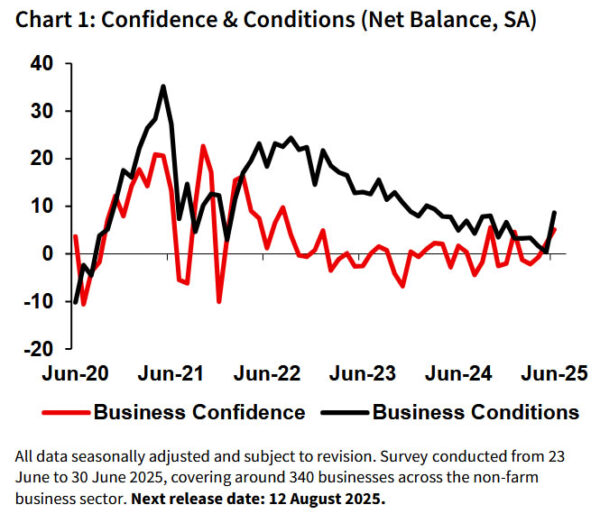
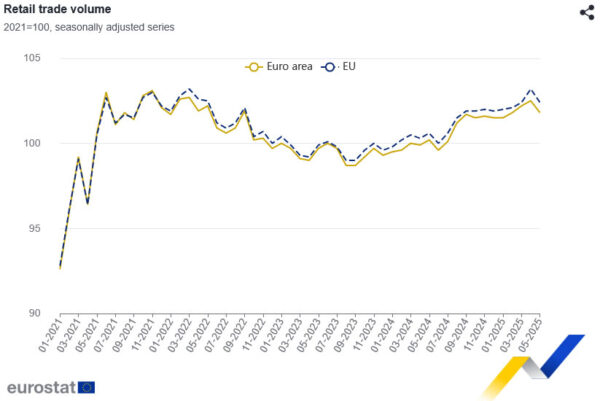
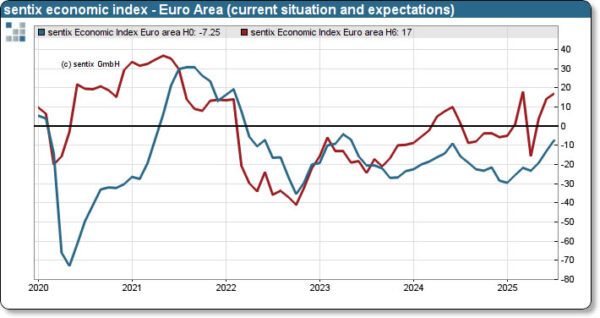

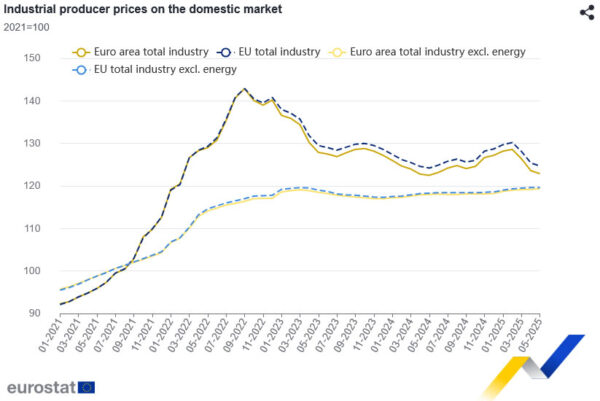
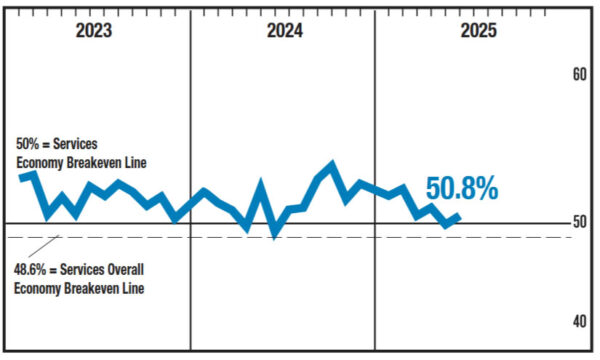
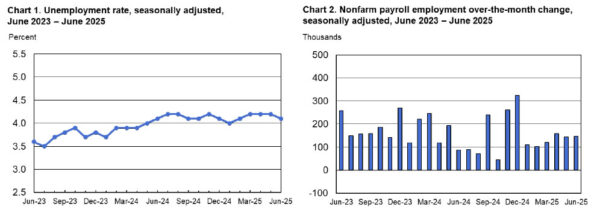

Fed minutes reveal deep division on rate path
Minutes from the FOMC’s June 17–18 meeting highlighted a notable divergence among policymakers on whether rate cuts are needed this year. “Most participant” still see at least one cut as likely, citing temporary tariff effects, stable inflation expectations, and signs of cooling in the labor market. “A couple” went further, indicating they would be open to a rate cut at the upcoming July meeting if economic data confirms their outlook.
However, “some participants” pushed back against easing and suggested “”no reductions” this year, pointing to stubbornly high inflation and warning of upside risks. They argued that “upside risks to inflation remained meaningful”, with businesses and consumers still expecting higher prices, and with economic activity holding up, rate cuts could be premature. Several added that “may not be far above its neutral level”, diminishing the case for near-term action.
Participants generally agreed that risks of both elevated inflation and a weakening labor market have eased somewhat, but remain elevated. “Some” emphasized inflation risks as still “more prominent”, while “a few” flagged labor market deterioration as the more pressing concern. The broad message from the minutes was one of uncertainty, with many policymakers seeing the need take a “careful approach” in adjusting monetary policy.
Full FOMC minutes here.